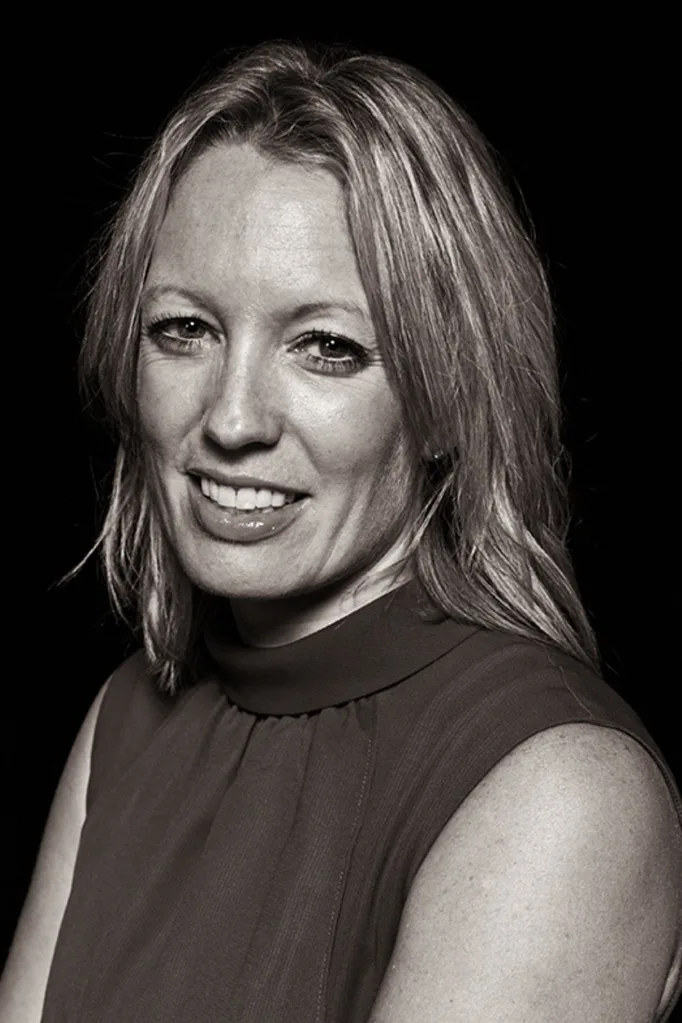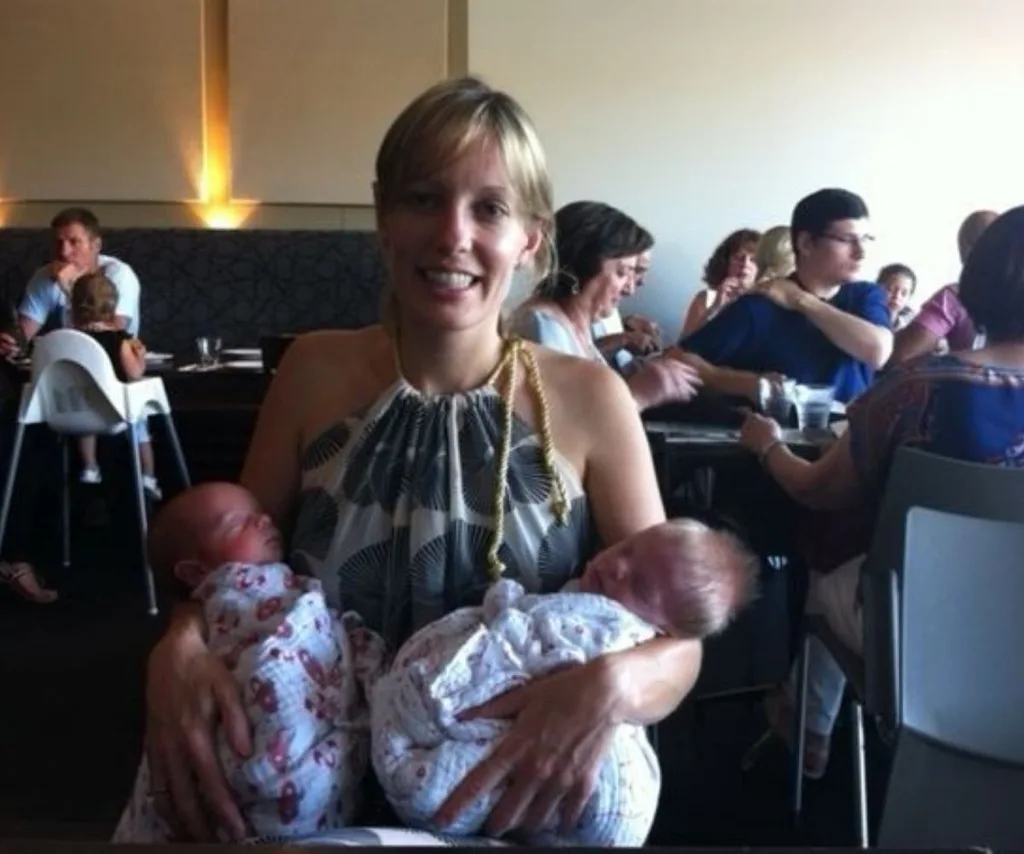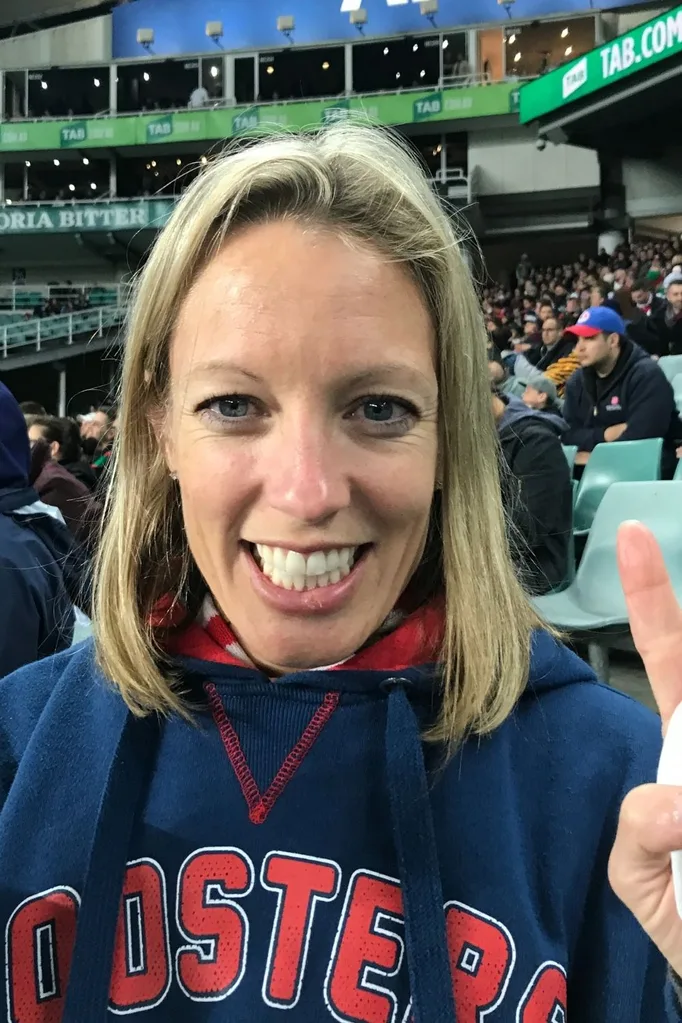TRIGGER WARNING: This story touches on sensitive subjects, including sexual assault, domestic and family violence. If you or someone you know has been affected by any of the issues raised in this article, help is always available. Call 1800 RESPECT on 1800 737 732 or Lifeline on 13 11 14.
Let this sink in: On any given night in Australia, 49,000 women are homeless.
More alarmingly, Australian women are disproportionally impacted by homelessness when they are victims of domestic and family violence.
They also face prejudice in the housing market as a female experiencing homelessness which is exasperated when they have children.
Affordable and accessible social housing in NSW for victims and survivors of domestic and family violence is “critically low,” the *Women’s Safety NSW Social Housing Gaps Report states.
ShelterNSW’s Cathy Callaghan explains the nuanced definition of homelessness to Now to Love.
“People living on the streets, under bridges, train stations, that’s the most overt form of homelessness, rough sleepers,” she explains.
“The next set is people who may have a roof over their head, but they’re still homeless. They may be couch surfing, staying with friends, be in temporary emergency accommodation. They may have a roof over their head, but it’s temporary, and they know it’s temporary.”
In 2015, the CEO and Founder of DV and family abuse support foundation Lokahi, Rachael Natoli, finally left her husband after experiencing long-term physical, emotional, financial, and sexual abuse.

Rachael tells Now To Love her story experiencing homelessness.
(Image: Supplied/Lexie Reeves)She was working on her master’s degree and nannying in Sydney’s Eastern Suburbs when she met her now ex-husband.
They got married in 2011, but he left her in 2012 soon after entering an affair on his buck’s night.
The now-40-year-old returned to teaching until they got back together, and soon after, Rachael unexpectedly fell pregnant with twins.
“I didn’t really want to try again, but I guess family pressure and the fact that we just got married, I agreed to go marriage counselling. I stopped taking the pill when he left me because I had no intention of sleeping with him anymore. Then we slept together one time.
“I didn’t see him until I was about five-and-a-half months pregnant,” Rachael tells Now To Love.
With family at home in the United Kingdom and after a friend walked out of her life because she couldn’t watch Rachael suffer, her world became isolated.

“I think most of our life was based purely on survival.”
(Image: Getty)“Over the seven-and-a-half years I was with him, there was so much abuse. It was physical, emotional, sexual, and financial, but I guess once the children were born, it was harder to deal with.
“I think most of our life was based purely on survival. It was just kind of getting through the day,” she says.
In 2015, her husband assaulted her, and Rachael called the police to talk about her options, but she refused to make a statement.
“I was almost ready to leave him, but I wasn’t quite there.”
However, they were able to refer her to Sydney’s Women’s Domestic Violence Court Advocacy Program, which connected her with her caseworker who understood why she wasn’t ready to leave or talk about what happened.
“In April 2015, there was another physical incident, and basically, he found some text messages on my phone that he didn’t like, and he was very violent.

“I was almost ready to leave him, but I wasn’t quite there.”
(Image: Supplied)“[He] slammed me into a door, slammed me into a wall, and dragged me around the kids’ room by my hair, and he ran off with my phone and later that night, I put my kids to sleep,” shares Rachael.
“I was sitting in front of my wardrobe in my room, brushed my hair, that was matted from the struggle. It came out in clumps, and it was a moment of total realisation for me.
“You are educated, you’ve got a degree. I was doing my masters when I met him. You’re still young, what are you doing here? He gambled away hundreds and thousands of dollars of my money. That was the final straw for me.”
This was the moment she and her twins began their homelessness experience, which would see them relocate five times in seven weeks.
NSW’s Social Housing Gaps NSW Report found the most dangerous time for women and children experiencing DV is when they attempt to escape the abuse.
To leave, Rachael applied for NSW’s housing program Start Safely, which provides rent support for DV victims and families unable to secure a stable place to live.
Although she was able to make rent with the program’s help, it became clear she couldn’t stay at her residence, which was owned by her in-laws, when her ex-husband’s brother, who lived downstairs, assaulted her and was convicted of common assault.
Her ex-husband and his brother moved out all the furniture from the house, and she was left living in her sons’ bedroom with nothing.
“I had to leave quickly, so we organised to move,” she shares.
So, Rachael rang the police, made a full statement, and a few months later, her husband was convicted of assault occasioning actual bodily harm.
Her first housing when she left was through “A friend of a friend” whose husband is a real estate agent.
“He just sold a property for some of their friends, and it was sitting empty, and for three-and-a-half weeks, they let us live there,” she says.
Her young family was about to secure housing when her ex made a false allegation that put their application on hold, marking the moment Rachael had to declare homelessness at Housing New South Wales.
“They couldn’t find any crisis accommodation. They couldn’t find a refuge for us at a women’s refuge, so they put us up in the Addison Motel on Anzac Parade, which used to be housing property.

Only four per cent of NSW housing is social.
(Image: Supplied)“We were there from the Friday to the Monday, and on Monday we had to go back to Housing NSW again and declare as homeless,” she recounts.
Cathy from ShelterNSW shares that in NSW in 2021, over 22,000 people who asked for emergency help were turned away by the service.
“This is a very hard-working sector, a lot of volunteers work in that sector as well, but they simply didn’t have room,” she says.
According to Cathy, the government can solve this issue by building more social housing.
She tells Now To Love that about four per cent of NSW dwellings are social housing, whereas in England, it’s 17 per cent, and in Scotland, 24 per cent.
“A lot of other countries acknowledge that it [social housing] shouldn’t just be something for the most desperate of cases that housing should be a fundamental thing like roads, hospitals, and schools,” says Cathy.
When Rachael declared homelessness for the second time, she was told once again that there “was nothing for” her.
“I wasn’t leaving the office until they found us something more suitable because I couldn’t cook for two children with a toaster, kettle and microwave,” she says.
Nick is co-founder and CEO of HoMie.
(Image: Instagram)They eventually were offered a refuge that requires inhabitants to contribute a certain fee a day, but Rachael stood up for her right to access 28 days of free accommodation.
The mother-of-two acknowledges that as a white, educated, and English-speaking person, that privilege afforded her the resources to advocate for herself throughout those seven weeks.
Eventually, they moved into one of the Jewish House Properties’ apartments, where she shared a kitchen and bathroom with another family.
Once they had settled there, their application for a rental property was approved.
Before moving in, they attempted to leave for England to attend a wedding planned before she left her ex-husband.
They could not board their flight when her ex put her on the family law watch list. After an urgent hearing to leave Australia, supported by legal aid, she was forced to stay in the country because she had left a DV relationship.
“In the end, we stayed in Jewish House for a bit longer, and then we moved into our place in Cronulla.
“Over that period, it was seven weeks in total. It felt like seven years,” she says.
As one can imagine, the ordeal was exhausting not just mentally but physically from not having her own belongings and “lugging around kids.”
“We were very fortunate because I had supportive friends, and I had my caseworker, and she’s the one who kept reminding me why I did what I did and as tough as it was now, it wasn’t going to remain that tough long term,” Rachael shares.
In 2016, she formed Lokahi and continues to share her story to advocate for the experiences of thousands of women around the country.
Nick Pierce is co-founder and CEO of the not-for-profit label HoMie, which he started to support Melbourne’s youth experiencing homelessness.
For their Hoodies4Homelessness for Youth Homelessness Matters Day, he spoke with Now To Love about how Australia needs to change the conversation.
“You know, less than five per cent of the homeless population experience that as a direct result of substance and alcohol abuse. There’s always another reason,” he says.
The renting industry makes it tricky for renters to secure housing, especially during this housing crisis, making the market harder to crack.
So, any black mark on a rental history can make it impossible to secure housing.

HoMie works with youth experiencing homelessness in Melbourne.
(Image: HoMie)“It’s unfortunate. You can only imagine when there is a shortage how competitive it is for someone who is in work, who has extensive experience, strong references,” says Nick.
“Unfortunately, when you think of it from the frame of how challenging it is to do that, to find a place when experiencing homelessness is your background.”
“Often, we’re looking at people like liabilities rather than being assets, and they’re incredible assets.”
Housing NSW’s Cathy shares those barriers are often higher for women when trying to secure housing.
“It’s complicated because trying to get housing when you’ve got children is difficult. In the private market, it’s difficult for women to secure a private rental,” she says.
In April 2022, SQM Research found that over the past 12 months, Australian capital cities have seen rent increase by 11.2 per cent, and housing prices have risen by 14.7 per cent.
In total, the cost of renting has surged by 21.2 per cent.
The housing crisis is indeed impacting the lives of every Australian, but for women experiencing homelessness, it can have deadly consequences.
If you or someone you know has been affected by any of the issues raised in this article, help is always available. Call 1800 RESPECT on 1800 737 732 or Lifeline on 13 11 14.
.jpg?fit=900%2C553)

-(9).png?resize=380%2C285)
